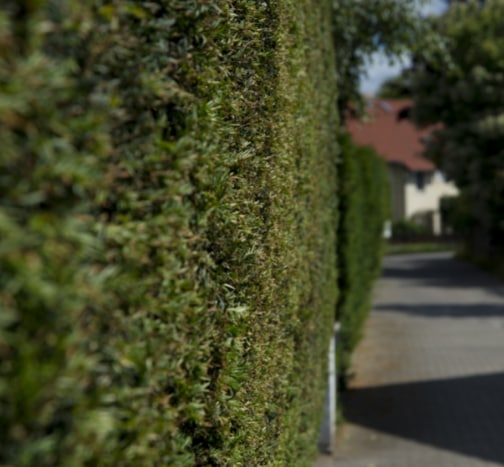
Introduction: Trees are often regarded as the lungs of our planet, playing a vital role in purifying the air we breathe. Their leaves absorb carbon dioxide, release oxygen, and help remove harmful atmospheric pollutants. However, they require proper care and maintenance to ensure trees can perform this essential function effectively. This blog post will explore the importance of pruning trees for improved air quality and the techniques involved.
The Role of Trees in Air Quality:
Trees contribute significantly to the quality of the air we breathe in the following ways:
- Oxygen Production: Through photosynthesis, trees absorb carbon dioxide and release oxygen into the atmosphere, making the air healthier for humans and wildlife.
- Air Filtration: Trees act as natural air filters, capturing dust, pollen, and pollutants on their leaves, reducing airborne particles that can harm respiratory health.
- Pollutant Removal: Trees can absorb various pollutants, including nitrogen oxides and sulfur dioxide, helping to reduce smog and acid rain formation.
- Cooling Effect: Trees provide shade and reduce the urban heat island effect, lowering energy consumption and minimising the formation of ground-level ozone, a harmful pollutant.
Pruning for Improved Air Quality:
Proper pruning of trees is essential to maintain their health and enhance their ability to contribute positively to air quality:
- Deadwood Removal: Regularly prune dead or dying branches to prevent decay, which can release harmful spores and affect overall tree health.
- Thinning Canopies: By selectively removing branches, you can improve air circulation within the canopy, reducing the risk of mould and fungal growth.
- Crown Cleaning: Prune away dead leaves and debris from the crown, preventing the accumulation of pollutants and creating a healthier environment for the tree.
- Branch Structure Improvement: Prune branches that have poor crotch angles or are crossing each other, as these issues can lead to breakage and stress on the tree.
- Size Reduction: In urban areas, where space is limited, consider reducing the size of large trees through crown reduction to maintain their health and prevent overcrowding.
When to Prune for Air Quality:
The timing of tree pruning can impact air quality improvement:
- Dormant Season: Pruning during the dormant season (late fall to early spring) is generally ideal as it minimises stress on the tree and reduces the risk of disease transmission.
- After Flowering: For flowering trees, it’s best to prune right after flowering to avoid removing next year’s flower buds.
Consulting a Professional:
While homeowners can do some light pruning, significant pruning of mature trees is best left to certified arborists or surgeons. They possess the expertise and equipment to safely and effectively prune trees for improved air quality without compromising tree health.
Conclusion: Pruning trees for improved air quality is a proactive step towards maintaining healthy urban and suburban environments. Regularly caring for your trees and following proper pruning techniques can help these natural air purifiers thrive and continue to benefit both the environment and human health.
Call us on: 01795 718990
Click here to find out more about Sittingbourne Tree Surgery
Click here to complete our contact form and see how we can help with your tree’s needs.